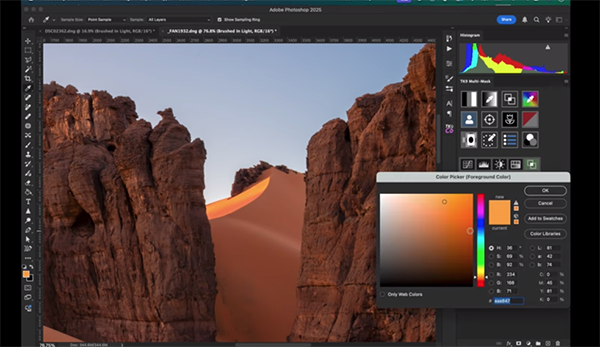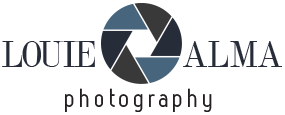Argos has slashed the price of its 5-star rated rattan garden furniture sofa set to £160 – act fast before it sells out
You won’t want to miss this deal
This is another of our “fix-it-don’t trash-it” post-processing tutorials than can quickly turn an unimpressive outdoor photograph into a spell-binding image that really grabs attention. In the video below you’ll learn how to introduce natural-looking light to photos that don’t quite make the grade.
Instructor Nicholas Warner is a globe-trotting landscape and travel photographer whose popular YouTube channel has almost 7K subscribers who appreciate his insight on a wide variety of Lightroom and Photoshop techniques that are appropriate for beginners and experienced users alike.

He kicks off today’s eye-opening episode like this: “The simple trick of changing the color of your dodge layer makes a massive difference when creating believable light in a photo. You’ll learn how to brush realistic direct light into your photographs.” And it all happens in barely eight minutes.
The demonstration image was captured in the Mohave Desert during one of Warner’s tours, and he begins by explaining his mindset for getting the shot prepared in Lightroom with simple masks before opening Photoshop to strategically apply a creative lighting effect.
As you’ll see, he uses a mask entering the frame from the right, another inverted mask in the middle that creates a “pseudo vignette,” a third for darkening the cactus in the foreground, another to selectively cool down color temperature, and three others for purposes he explains.

Overall, these masks are intended to “direct a viewer’s eye through the frame and harmonize the various colors.” With all the prep work completed Warner opens Photoshop and demonstrates his transformational process for giving Mother Nature a big boost, and he’s careful to note that this method doesn’t involve dodging, but rather creating direct light exactly where it’s needed.
Once you’re done watching head over to Warner’s YouTube channel for more Lightroom and Photoshop tips and techniques.
And don’t miss the tutorial we featured with another image-editing specialist who demonstrates how to achieve amazing results when using Photoshop’s new AI-powered upscaling tool to enlarge photographs by up to 400% while recovering lost details and improving sharpness.
The technique known as Expose to the Right (ETTR) can make a huge difference in the images you capture in Raw, but this method is frequently misunderstood and can lead to compromised results if you take the wrong approach.
British landscape photographer Anthony Crothers demonstrates how to employ this approach correctly and avoid a number of common pitfalls. Here’s how he kicks off today’s important explainer: “Whether you’re new to histograms or have been told to watch your highlights, this tutorial breaks down what ETTR really means and how it work in practical terms.”
In the next six minutes he demystifies real-world histogram behavior, camera metering, and why slightly pushing exposure to the right can give you cleaner shadows, more details and data, and much smoother edits. The problem is that doing thing wrong is a quick way to spoil your photos.
You’ll learn how to apply ETTR without fear of blowing out highlights, the difference between Raw and Jpeg previews, and why “this is my personal workflow when using the Canon 5DS R camera.” Along the way Crothers also debunks several common misconceptions like “always underexpose.”
Crothers explains how to employ this straightforward technique with whatever camera you own, even if it’s an older model without the latest advanced metering modes. He provides a bit of interesting history, explaining that ETTR techniques were originally popularized by digital photography pioneers Michael Reichmann and Jeff Schewe way back in 2003.
Reichman touted the powerful technique by insisting that “you can get a better signal-to-noise ratio if you intentionally overrule the camera’s meter and move the exposure to the right side of the histogram.” And this prophetic notion is just as valuable today as it was more than two decades ago.
As the saying goes, “it’s better late than never,” so jump on this powerful technique the next time you’re out in the field. And don’t forget to visit Anthony’s instructional YouTube channel to learn more timeless photography tips and technique.
We also recommend watching our recent explainer featuring another experienced Brit who demonstrates the critical difference between your camera’s Optical and Digital zoom settings for capturing photographs with maximum image quality when getting in tight.
